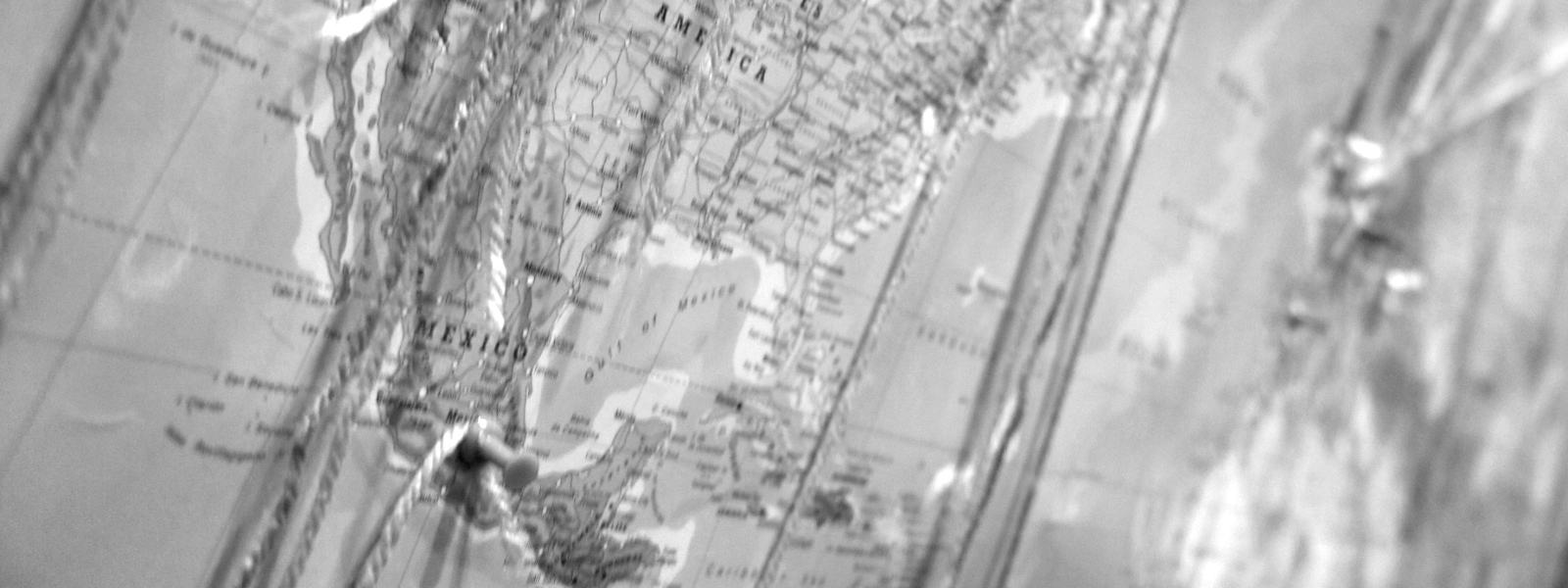The Web Literacy Standard is dead (long live the Web Literacy Map!)

I spent a good chunk of 2013 working with colleagues and a community of stakeholders creating a Web Literacy Standard. The result is testament to the way Mozilla, as a global non-profit, can innovate on behalf of users. I’m delighted with what we created.
Until recently, the literature and language in the field of Web Literacy has been relatively undeveloped. This is important, because although it doesn’t always seem like it, words are hard:
This seems to be a problem for anyone trying to explain the unfamiliar. If you invent new words, few people will know what you’re talking about, but if you make analogies using existing words, you bring along all their context, whether you want to or not.
In early 2013 we wanted to avoid creating just another ‘framework’. Why? Although we wanted to be more descriptive than prescriptive, we still didn’t want people to just pick-and-choose the bits they liked. Instead, we wanted to co-create something more holistic. That’s we chose to call what we were creating a ‘Standard’. The idea was for the community to come together to build something they felt they could align with.
And that’s exactly what we did. We created something that, while not perfect, we can feel a justifiable pride about.
A problem we’ve encountered is that because words are hard and dependent upon context, ‘Standard’ can have negative connotations – especially in North America. So after announcing the first version of the Standard at MozFest we, as a community, started to have a discussion as to whether ‘Standard’ was a word we wanted to keep.
The result of that consultation is that we’ve decided to move away from ‘Standard’ to describe what we’re doing here. While we could fight a valiant crusade on behalf of the term, it doesn’t seem like a battle that’s worth our time and effort. It’s better to focus on winning the war. In this case, that’s ensuring the newly re-titled Web Literacy Map underpins the work we do around Mozilla Webmaker. After all, we want 2014 to be the year we move beyond the ‘learn to code’ movement and focus on a more holistic understanding of web literacy.
We decided on Web Literacy ‘Map’ because we found that most of the language we used to describe what we’re doing was cartographic in nature. Also, it means that our designers have a lot more scope around visual metaphors! It’s going to be (and, importantly, look) – amazing!

Muahaha welcome to world of maps. Can’t wait to see it!
Thanks Amira! Looking forward to see what we can do this with Maker Parties and community engagement!
Thanks Amira! Looking forward to seeing how it meshes with your work around Maker Parties and community engagement. 🙂
Sounds great Doug, I do not have the knee jerk against the ‘Standard’ but a map is a lot more interesting. Details and discoveries can be added, territory explored.
I also think moving beyond coding is a good direction to be going in. Not only because it might be limit online creativity, but also because the good things found in coding could be tackled by other means (knitting, painting making etc not excluding coding).
Finally I look forward to the Mozilla-Web-Lit-Map API a google map like api for an xkcd style web literacies map I can pin learning on;-) There I would pin blog comments on the Isle of Participation in the Sea of Connection.
Hi John, thanks for the comment! 🙂
Have you seen the Make API? Not quite what you suggest, but a start: https://github.com/mozilla/MakeAPI
The term “map” seems more fitting for what this is. Mozilla declaring a Web-related standard just felt wrong to me.
Thanks Janet, I know what you mean. 😉
Thanks Raj – look forward to it!
Indeed, but let’s work on it Ibrahima. There’s also difficulties in an Argentinian context around ‘competencies’.
We’ll get there! 🙂
great, great great XD
Thanks for all your help with it so far, Alvar! 🙂
You know that when I try to explain the ‘Standard’ to my colleagues I always refereed to it as a practices ‘map’ useful to make teaching paths ^_^
Perfect! 🙂
Brilliant move for the name change! It sounds far more interesting and exciting as a map, I like it. Here be dragons!
Thanks! 🙂